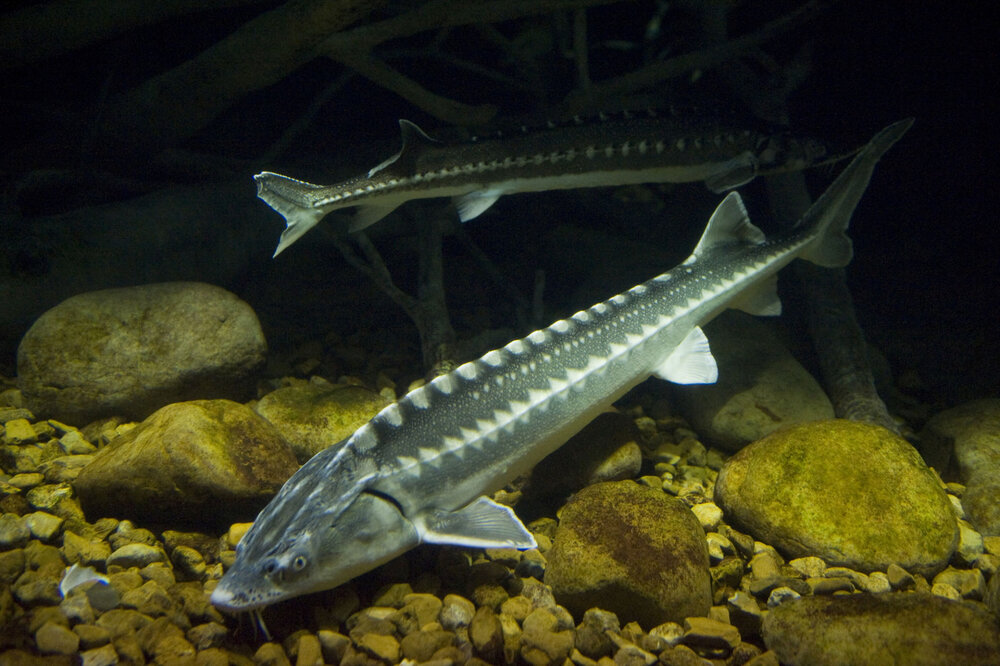Ban on Caspian sturgeon fishing extended by end of 2020

TEHRAN – Caspian Sea littoral states have extended the ban on sturgeon fishing in the Caspian Sea until the end of 2020, IRNA news agency reported on Wednesday.
The Persian sturgeon (Acipenser persicus) is a species of fish in the family Acipenseridae. It is found in the Caspian Sea and to a lesser extent the Black Sea and ascends certain rivers to spawn, mainly the Volga, Kura, Araks, and Ural Rivers.
The threats faced by this fish include excessive fishing with the removal of immature fish before they have bred, damming of the rivers, loss of spawning areas and water pollution.
According to Nabiollah Khoon-Mirzaei head of Iran Fisheries Organization, due to being enclosed body of water and excessive fishing, the sturgeon population remains shrinking.
So five Caspian states have banned the exploitation of these reserves in an agreement signed during the third meeting of the Commission on conservation and rational use of water bioresources of the Caspian Sea held in Tehran.
Referring to the overfishing of sturgeon after the collapse of the former Soviet Union, he stated that the members of the Commission include Iran, Azerbaijan, Russia, Kazakhstan, and Turkmenistan.
Iran considered extending the ban for more than a year, however, since some countries did not agree to a multi-year ban, a one-year deal was set.
Iran will host the summit next year, as well.
Pointing out that commercial fishing is banned since 2014, he added that we will not have a plan for commercial fishing and hope that the sturgeon population face expansion.
The exploitation of this fish is done only for research and restoration purposes, and any fisherman who accidentally catches a sturgeon must give it to research institutes for the restoration and research, he said.
He further stated that Iran had produced 6 tons of aquaculture caviar and 2,800 tons of caviar fish meat last year.
“Sturgeon breeding is carried out in more than 20 provinces of the country. We look forward to enhance it throughout the whole provinces as studies have been carried out in this regard.”
“There are currently 128 sturgeon farms in the country that are breeding the species, and we are planning to reach an output of 100 tons of caviar and 10,000 tons of caviar fish meat by 2025.”
He added that so far more than 230,000 people have been employed in the fisheries sector.
“According to the Sixth Five-Year Development Plan (2016-2021), we should reach 1.5 million tons of aquaculture production, while we were ahead of schedule last year and reached 1.2 million tons of fishery products.
Per capita consumption of fishery products must be up to 12kg up, which was 12.1 kg last year.
Last year, the share of the Caspian Sea from 773,000 tons of fishery was 42,000 tons which constitute 5.4 percent of the whole country’s fishery, and more than 94 percent of which is related to the Oman Sea and the Persian Gulf,” he explained.
Caspian Sea situation is endangering aquatic life and needs more care, he highlighted, concluding, the fisheries industry is growing as fishery production has been 40-fold since the past 40 years.
FB/MG
Leave a Comment